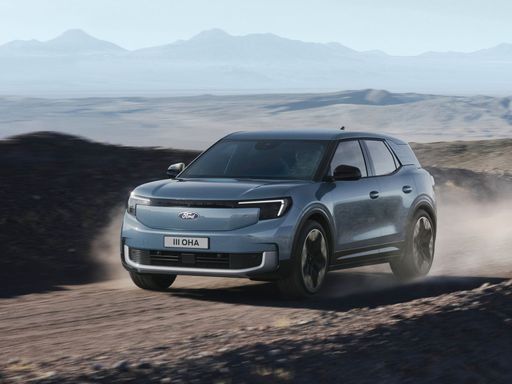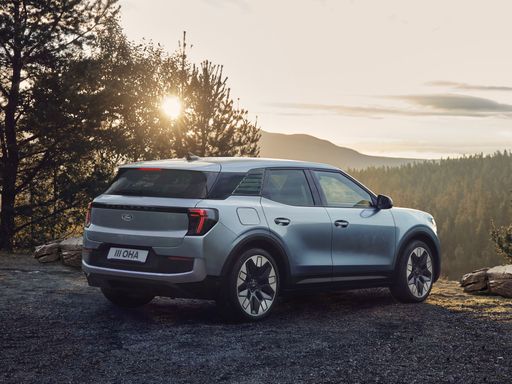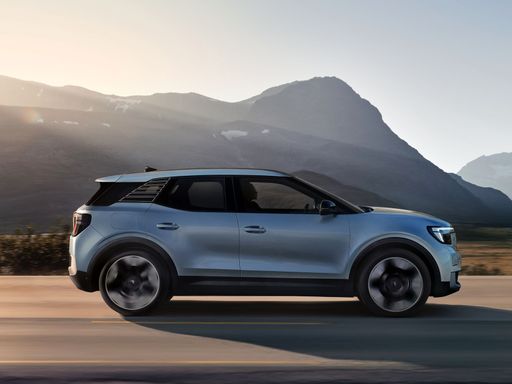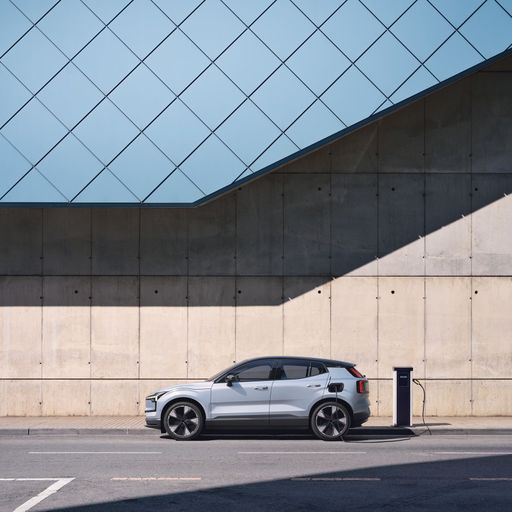An In-Depth Comparison: Ford Explorer EV vs. Volvo EX30
The automotive landscape is rapidly evolving, particularly in the realm of electric vehicles (EVs). This evolution has ushered in a wave of new models eager to meet diverse consumer demands. Among the standout contenders are the Ford Explorer EV and the Volvo EX30. Both SUVs blend innovation and performance, but they come from distinct philosophies and heritage. This article takes a closer look at their technical specifications and innovative features to determine which vehicle reigns supreme in this electric age.








